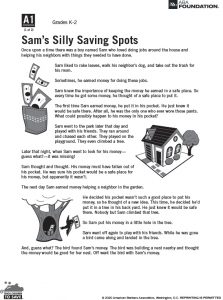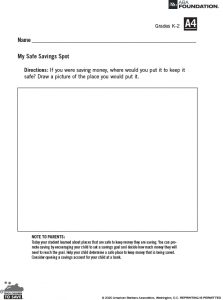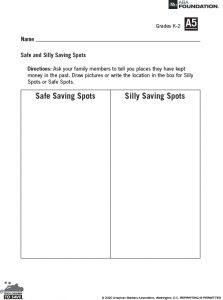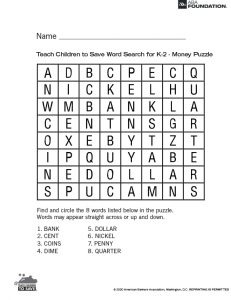The Cooperative Bank of Cape Cod is celebrating “Teach Children to Save” with savings education online. Established by the American Bankers Association Foundation in 1997, Teach Children to Save and the Foundation’s other financial education initiatives have helped reached 10.5 million young people through the commitment of more than 260,000 banker volunteers. Today, we’re focusing on the role of a bank.
What does a bank do?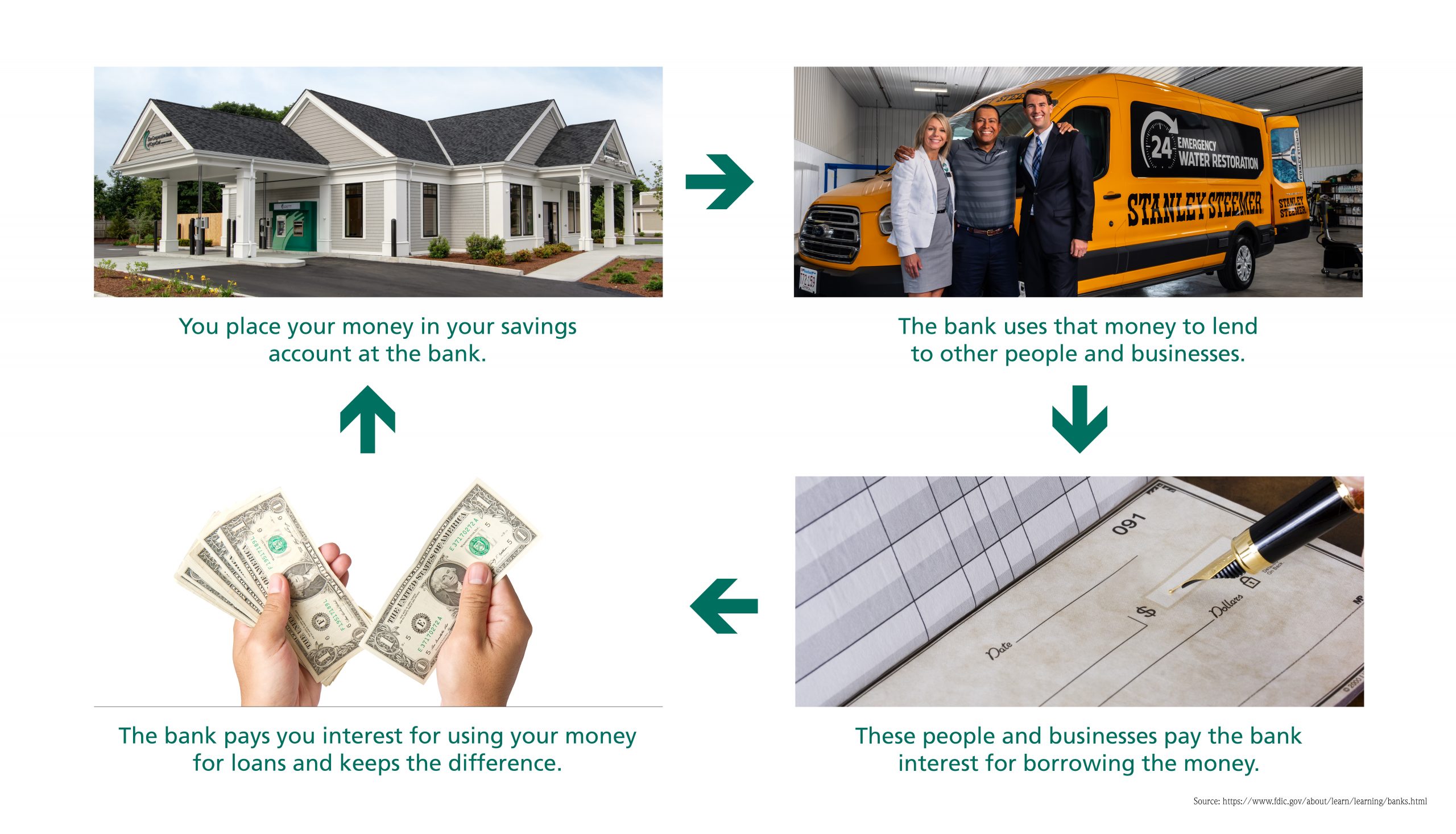
The money you put into (deposit) a savings account at the bank is used by the bank to make loans to other people and businesses. Those people use the loans to pay for houses or to operate a business. The bank charges interest on the loans, and it pays you interest for using your money to make these loans while keeping any remaining money as a profit.
What is the FDIC and DIF?
The Federal Deposit Insurance Corp. (FDIC) is a part of the federal government, created in 1933. When a bank has a sign on it that says “Insured by FDIC” it means that if the bank doesn’t have enough money to pay back the people it owes money to, including the bank’s depositors, and is closed, the FDIC will make sure all of the depositors get their money, up to the insurance limit of $250,000.
The Depositors Insurance Fund (DIF) is a private, industry-sponsored insurance fund that insures all deposits above FDIC limits at our member banks. The DIF has been insuring deposits since 1934.
All DIF member banks are also members of the FDIC. Each depositor is insured by the FDIC to at least $250,000. All deposits above the FDIC insurance amount are insured by the DIF.
A Lesson from Sam
Sam works hard for his money, and he thinks he’s keeping it safe. However, the places he puts his money may cause him some trouble. Download and read the short story to find out what happens!
Questions to consider:
- Where did Sam’s money come from?
- Who can tell me one place Sam put his money?
- Who can tell me another place Sam put his money?
- What was Sam’s problem in the story?
Activities to try at home:
(click to download)
Resources
Here are additional resources about banking with child-friendly activities and information:



